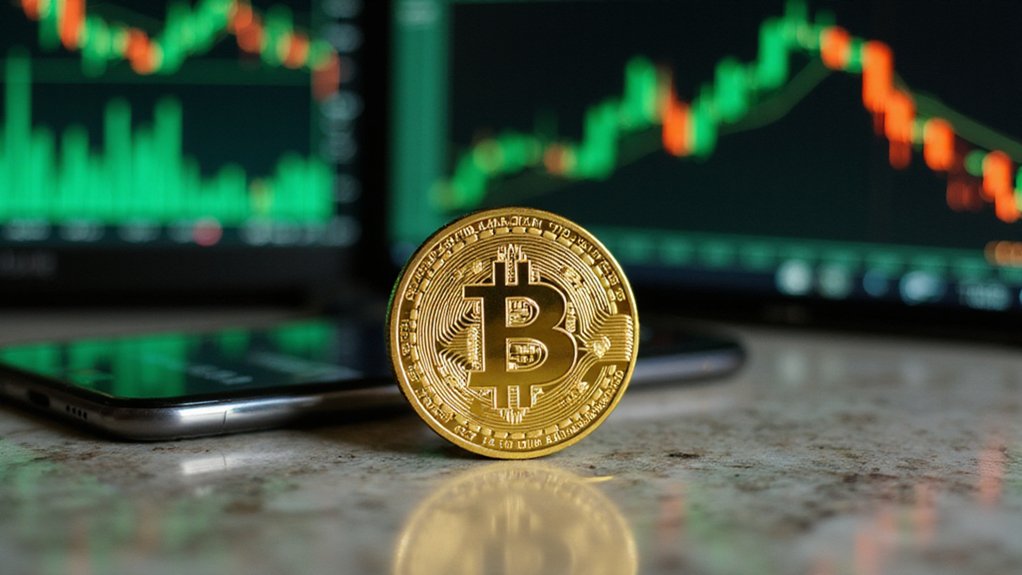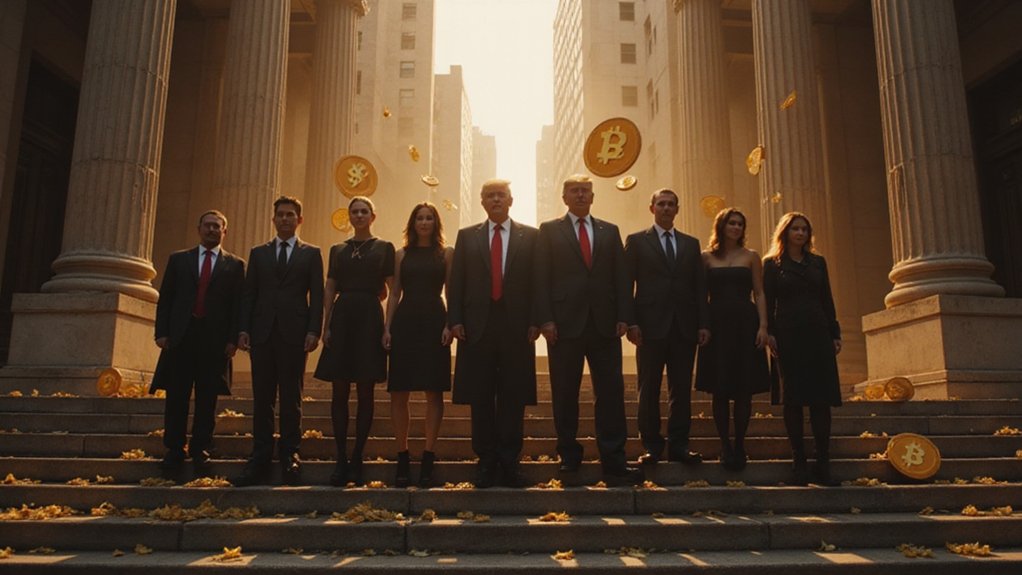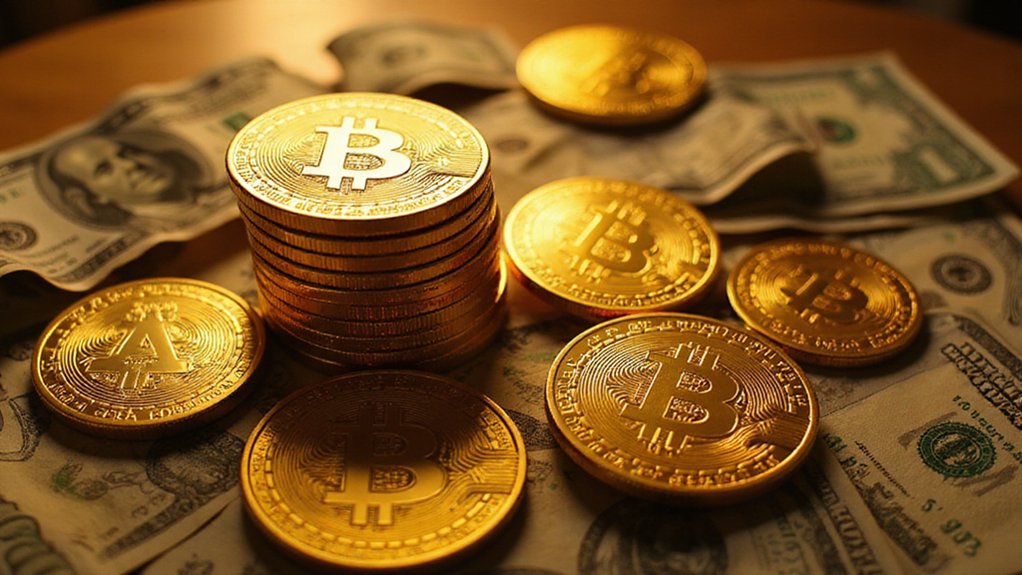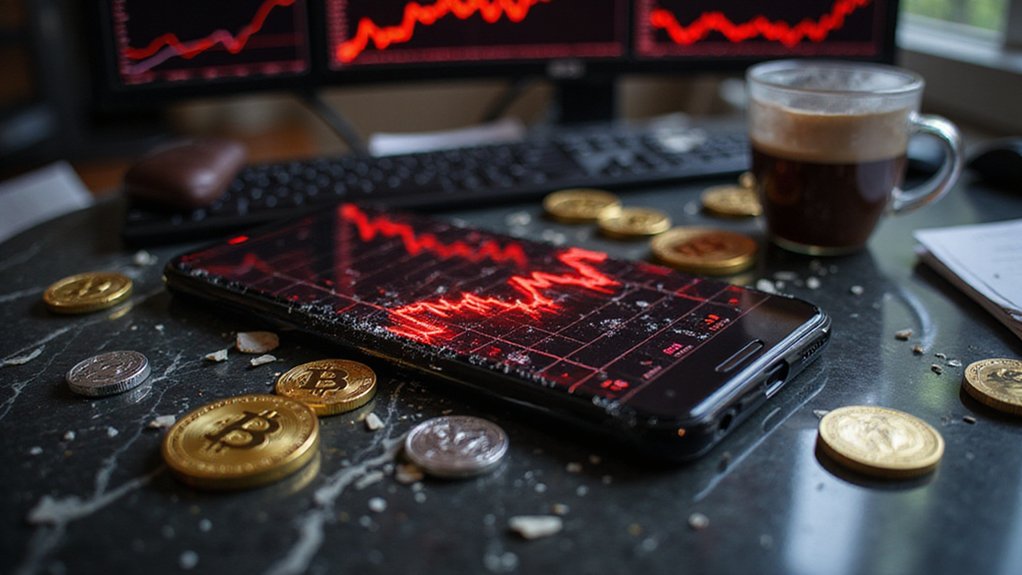While Federal Reserve Chair Jerome Powell‘s remarks at the Jackson Hole symposium ostensibly addressed the shifting “balance of risks” in the broader economy—citing rising downside risks to employment and inflation‘s retreat from post-pandemic peaks—the cryptocurrency markets responded with the kind of exuberant fervor typically reserved for surprise lottery winnings.
The mere suggestion that September 2025 might witness the Fed’s first rate cut of the year sent Bitcoin soaring roughly 4% to approximately $117,000, while Ethereum executed an even more theatrical 13% surge, reaching $4,814 and flirting dangerously with its all-time high of $4,878. The total cryptocurrency market capitalization swelled by 6% to over $4.1 trillion, as if Powell had personally endorsed digital assets rather than simply acknowledging that employment risks might warrant policy adjustments.
Market participants, apparently suffering from collective amnesia regarding the Fed’s historically cautious approach to monetary pivots, embraced the dovish interpretation with remarkable enthusiasm. CME FedWatch Tool data revealed that approximately 75% of traders now expect a September rate cut—a probability that transformed earlier weekly pullbacks in both Bitcoin and Ethereum into distant, uncomfortable memories. Ethereum’s position as the world’s second largest cryptocurrency underscores the significance of its dramatic price movement in the broader digital asset ecosystem. The surge in trading activity has benefited established platforms like CEX.IO, which serves over 4 million users across 99% of countries globally with its comprehensive suite of crypto trading services.
Market participants embraced dovish Fed signals with remarkable enthusiasm, conveniently forgetting the central bank’s historically cautious approach to monetary policy pivots.
The broader financial ecosystem exhibited similar euphoria, with the S&P 500 climbing 1.5% and the 10-year Treasury yield retreating six basis points to 4.27%. The dollar index declined 0.5% while gold advanced 0.6%, suggesting a thorough rotation into risk assets that would make tactical allocation specialists weep with either joy or despair. The Jackson Hole conference has served as a pivotal platform for monetary policy announcements since the Federal Reserve Bank of Kansas City began hosting it in 1982.
Social media mentions regarding Federal Reserve policies reached an 11-month high, prompting Santiment’s crypto sentiment platform to issue the kind of cautionary warning typically associated with peak market exuberance. The spike in bullish narratives, according to their analysis, often precedes local market tops—a sobering observation that seems particularly relevant when “greed” sentiment dominates crypto investor communities.
Whether Powell’s acknowledgment of shifting economic conditions will sustain cryptocurrency’s latest rally or merely provide another lesson in the perils of reading monetary policy tea leaves remains an open question. The Fed’s dual mandate, after all, concerns employment and price stability, not digital asset portfolio optimization.









